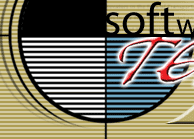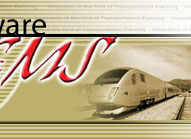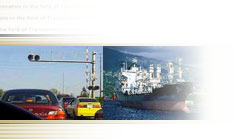



        |
CLICK ON THE ABOVE ICONS TO VIEW OUR SOFTWARE TEMS is an innovator in systems and software design. TEMS uses its extensive industry experience to develop systems that provide an interface between tactical, day-to-day management problems and overall corporate and public goals of the industry. TEMS’ systems are user-friendly and easily accessible by engineers and planners with little or no computer expertise. They prioritize the decision-making process and interact directly with both existing and developing databases. TEMS designed the RightTrack© Business Planning System, a suite of software that operates interactively to formulate alternative scenarios in order to optimize outcomes by balancing capital investment and projected ridership and revenue. TEMS' team of experienced specialists analyze the output generated by the system and make informed recommendations to clients from federal, state, and local government agencies; railroad companies; international development organizations; banks; and a wide range of industrial and commercial companies. The RightTrack© system is designed to interface with condensed profiles, timetables, track condition, and other databases already in existence. The system incorporates an “Interactive Analysis” that allows a wide range of demand, revenue, technology, service levels, capital investment, and right-of-way condition issues to be assessed by a “what if” evaluation of possible options. In this way, “fatal flaws” can be identified and more favorable options developed. RightTrack© enables transportation planners to: Develop realistic operating strategies that relate ridership and revenues to a specific level and quality of service. Rapidly evaluate and re-evaluate different route (speed), technology (speed), operations (service levels), and ridership (fare) options. Identify the capital investment needed to maintain track and other infrastructure at the optimum level for a given rail service. Interpret traveler behavior to determine the level and quality of service that create incentives for train use. Maximize ridership and revenues while minimizing costs by achieving a balance among service, operations, and infrastructure investment. Evaluate projects in terms of their financial return, user benefits, and the increase in jobs, income, and development opportunities. home / overview / consulting / software / studies / profile / contact us / job openings |